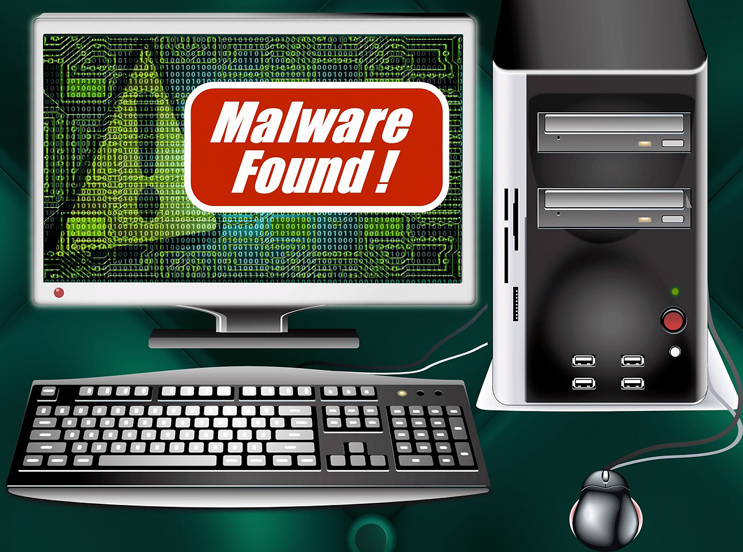

When your IT network goes down it’s usually associated with a sudden drop in productivity. But it doesn’t have to be this way. You can reduce your downtime.
A well-designed IT network should run smoothly and maintain your productivity. No IT network, however, is perfect. And this means that your network is always at risk of running into problems. It’s a scenario that no organization wants to face, but the reality is that it can and will happen. Planning for potential problems, though, is the perfect way to tackle them. If you can prepare for these bumps in the road, then you stand a better chance of avoiding them.
Let’s explore what you can do to maintain your IT network and keep your productivity high.

Maintaining Your IT Network
There are numerous strategies you can employ to safeguard the health of your network connection:
- Keep a Spare Network Connection: If your network provider is experiencing technical issues then you have little choice but to wait out their solution. But this is far from convenient for a busy organization. That’s why it pays to maintain a spare connection with a different network provider. Although it may not necessarily be as advanced as your usual network, it will allow you to remain productive.
- Install a Backup Power Solution: A sudden power outage is two things in business: unpredictable and disastrous. Losing power in the modern business world means an instant loss in IT capabilities. And this can seriously damage productivity. But by installing an uninterruptable power supply, you can achieve peace of mind that your IT infrastructure will remain online.
- Evaluate Your Network Connection: It’s crucial that you don’t take your network connection for granted. A poorly maintained or outdated network can quickly and regularly cause your business numerous headaches. Therefore, at least once a year, take the time to evaluate your network to understand where its weaknesses lie. This could be outdated hardware or even a susceptibility to cyber-crime. Either way, understanding these problems will allow you to fix them before cause trouble.
- Don’t Cut Costs: IT technology can be costly, but these costs often underline the quality and reliability of the product. Accordingly, it makes long term sense to invest in an IT network which can call upon quality hardware and internet connections. This type of setup may seem expensive at first, but it will ensure that your network is resilient. And, in turn, this allows you to minimize network downtime and keep your employees productive.
- Plan for Network Outages: Ultimately, your organization needs to prepare itself for future network outages. Planning strategies which allow your business to quickly access data and services are vital. Naturally, there will always be some level of chaos when it comes to dealing with network outages, but a good plan gives you a foundation to work from. Ensure that these plans are regularly reviewed and tested at evenings/weekends to guarantee their efficiency.
For more ways to secure and optimize your business technology, contact your local IT professionals.
Read More













